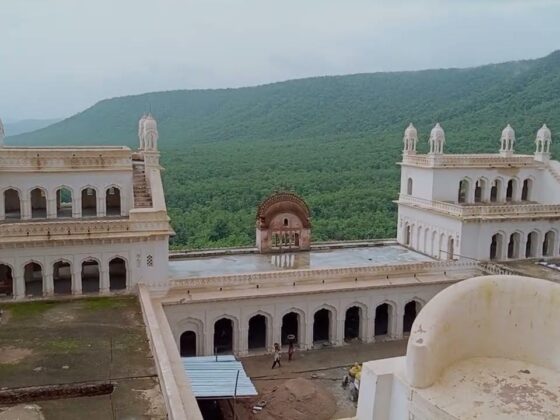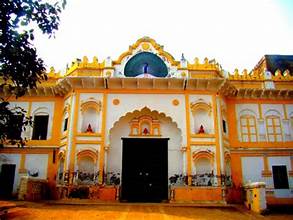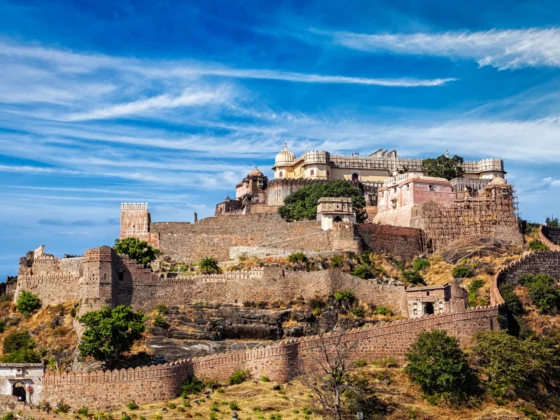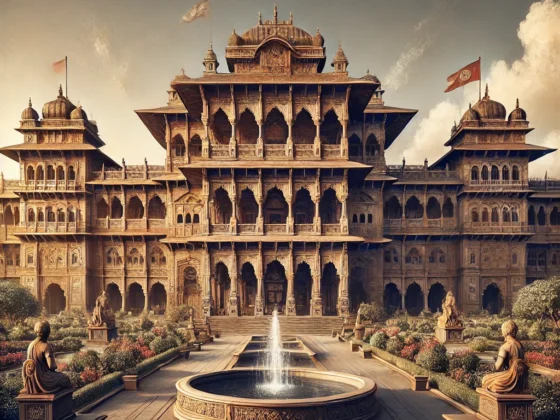Introduction: Where the Rajput Bloodline Begins
The Rajgarh royal family, rooted in the Umath dynasty, holds a significant place in central India’s royal history. Nestled in the Malwa region of Madhya Pradesh, Rajgarh was more than just a princely state — it was a powerful centre of Rajput culture, politics, and pride. This article uncovers the ancient origins of the family, how the Umath clan came into power, and how they shaped the identity of Rajgarh for centuries.

🛡️ The Umath Dynasty – A Rajput Lineage of Valor
The Umath (also spelled as Oomath or Oomathiya) dynasty traces its ancestry to the Chauhan Rajputs, one of the four major Rajput clans that have ruled various parts of India. Chauhans are renowned for legendary warriors like Prithviraj Chauhan, and their offshoots spread across Rajasthan, Gujarat, and Madhya Pradesh.
🔍 How Umaths Emerged:
-
The Umath clan is said to have branched off from the Chauhans during the 12th–13th century.
-
Their migration toward central India was part of a larger Rajput movement in response to the Turko-Afghan invasions in north India.
-
Seeking new power bases, they established themselves in the Bhojpur–Rajgarh–Narsinghgarh belt, laying the groundwork for the Rajgarh state.
📍 Rajgarh: From Wilderness to Walled State
Before becoming a princely state under British India, Rajgarh was a fortified hill region with strategic importance. The Umath rulers transformed it into a vibrant capital by:
-
Building Fortresses and Townships:
The original Rajgarh Fort is attributed to early Umath rulers who selected this highland location for defensive advantage. Temples, palaces, and marketplaces followed. -
Promoting Hindu Culture and Architecture:
The dynasty sponsored the construction of Shiv Mandirs, Jain temples, and stepwells — all of which reflect the Malwa architectural style blended with Rajput aesthetics. -
Defending against External Forces:
Rajgarh’s location made it vulnerable to Maratha and Afghan raids. The Umaths, known for their martial skill, played a critical role in defending the area, often allying with other Rajput houses.
👑 Founding Rulers of Rajgarh
Although historical records remain limited, oral traditions and local inscriptions highlight key founders and rulers from the dynasty’s early days:
Rao Dungar Singhji Umath played a foundational role in stabilizing the region.
His successors expanded their influence across Biaora, Sarangpur, and Khilchipur—areas the British later reorganized during their administration.
The Umaths earned titles such as Thakur and Rao, bestowed by larger regional powers like the Mughals or the Scindias, in exchange for allegiance and military service.
🌍 A Self-Governing Princely State under British India
By the 18th century, Rajgarh became recognized as a semi-autonomous princely state under the Bhopal Agency of the British Raj. The royal family retained their internal sovereignty and maintained their hereditary rule, while acknowledging British supremacy in external affairs.
Key Features of Rajgarh State (Pre-Independence):
-
Area: ~2,300 square kilometers
-
Population (early 1900s): ~150,000
-
Revenue: Derived mainly from agriculture, land tax, and trade
-
Capital: Rajgarh town, surrounded by hills and the Newaj River
Despite British control, the Umath rulers retained traditional systems of justice, appointed family ministers, and continued their patronage of the arts and religion.
🧬 Family Structure and Gotra Heritage
The Umath dynasty followed strict Rajput codes of lineage and marriage, with a well-preserved family structure based on gotra (clan) and kuldevi (family deity) worship. Marriages were traditionally arranged with other Rajput states to strengthen alliances.
-
Gotra: Chauhan (sub-clan: Umath)
-
Kuldevi: Typically revered as a form of Durga or Chamunda Mata
-
Panchayat Councils: Family elders formed governing panchayats that dealt with clan decisions, succession, and community matters.
Even today, many Rajput families across Bhopal, Indore, Rajgarh, and Narsinghgarh trace their roots back to this bloodline.
🔗 Ties with Neighboring Dynasties
The Rajgarh royal family shared marital and political ties with other princely states of Madhya Pradesh and Rajasthan, including:
-
Khilchipur (founded by Khichi Rajputs)
-
Narsinghgarh (originally part of the same lineage)
-
Bhopal (diplomatic links through treaties)
These alliances ensured mutual protection, cultural exchange, and shared identity across central India.
🧭 Conclusion: A Lineage That Stands the Test of Time
The origins of the Rajgarh royal family are not just a tale of kings and kingdoms — they are a narrative of resilience, pride, and tradition. From their Chauhan roots to their establishment in Rajgarh, the Umath dynasty has played a pivotal role in shaping the cultural and political landscape of Madhya Pradesh. Scholars and descendants actively explore the Rajgarh royal family origins by studying ancient texts, inscriptions, and oral traditions passed down through generations.
Their legacy continues today in the memories of families, the architecture that still stands, and the stories passed from one generation to another. As we revisit their origins, we understand not just where they came from — but how deeply they shaped where we are today.











